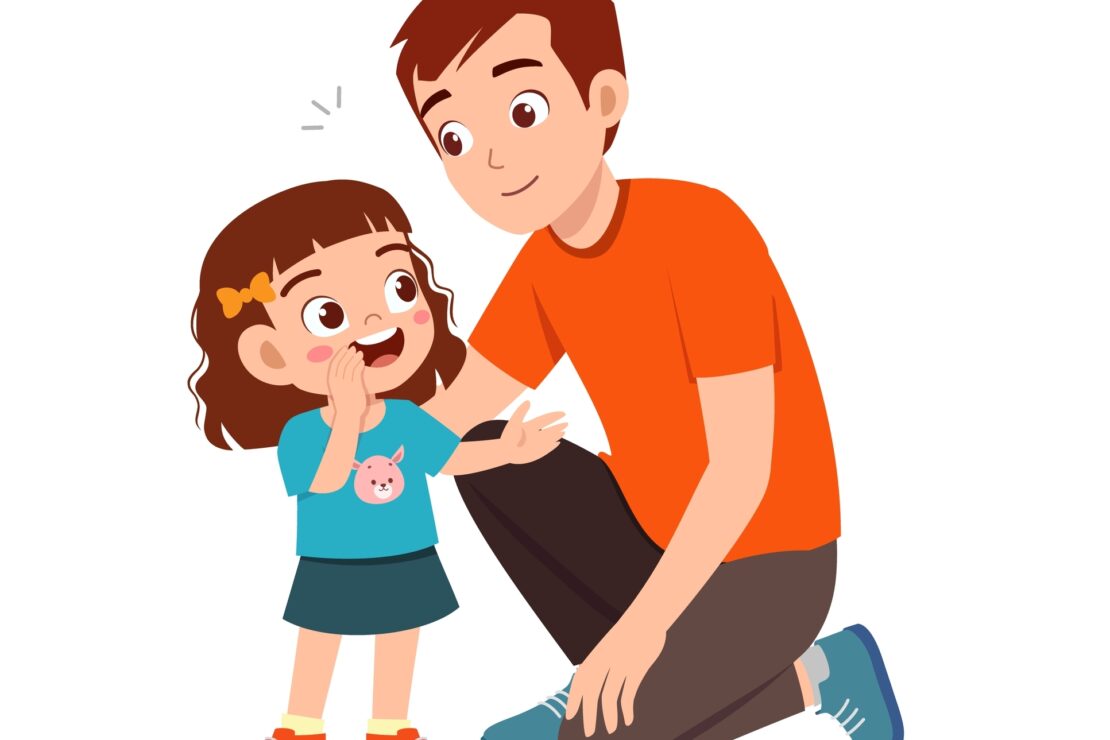
The country song “Alyssa Lies” is based off a true story about a young girl who didn’t get the help she needed in time. Jason Michael Carroll spent two years writing this song because he wanted to make sure it correctly portrayed the tragically true story that pulled at his heartstrings when he first heard it. The song tells the story of a girl named Alyssa who lies to authority figures about evidence of the abuse she is enduring. The song takes the perspective of a dad with a daughter the same age as Alyssa. The daughter comes home, tells her dad about the abuse, and asks why Alyssa lies. After hearing his daughter pray for Alyssa, the dad decides to report the abuse; however, by the time they arrive at school on Monday, he learns that Alyssa had been beaten to death by her abuser.
Unfortunately, this tragic story isn’t as rare as we would hope. In 2020, 1,750 children died of abuse and neglect in the United States (CDC, 2022). That is almost 5 deaths every single day. This number is just a fraction of the number of children experiencing maltreatment: 588,229 reported victims in 2021 (NCANDS, 2021).
How do I help?
Spotting child maltreatment can be like putting together a puzzle with pieces missing; not every child will show every symptom of child abuse. However, if you notice multiple signs of maltreatment, contact your local law enforcement or child protective services immediately. Speaking up is always the right thing to do. It’s better to have extra false alarms than a lack of real ones.
Indicators of Physical Abuse
- Physical
- Bruises and welts (especially in various stages of healing)
- Burns (from cigars/cigarettes or rope burns on arms, legs, etc.)
- Fractures (particularly facial structures and multiple fractures in different stages of healing)
- Lacerations or abrasions
- Behavioral (younger children)
- Excessive fear of going home or about doing something wrong
- Acting inappropriately infantile
- Consistent unexplained tardy or absence from school
- Behavioral (older children)
- Major changes in habits (such as eating or sleeping habits)
- Depression, anxiety, or mood swings
- Attention-seeking behavior
- Increased risk-taking
- Unusual withdrawal from family, friends, and activities
Indicators of Sexual Abuse
- Physical:
- Difficult walking or sitting
- Pain or itching in genital area (also be aware of bruises or bleeding)
- Venereal disease (especially in pre-teens)
- Behavioral:
- Unwilling to change clothes for or participate in physical education class
- Sophisticated or unusual sexual behavior or knowledge (know the difference between age-appropriate sexual discovery and advanced sexual knowledge)
Indicators of Emotional Abuse
- Failure to thrive (not gaining weight or meeting developmental norms)
- Verbal abuse of child (harassment, belittling, humiliation, repeated threats, or constant criticism)
- Be aware of child’s self-talk to see if it reflects this behavior at home
- Caretaker condones, suggests, or encourages child to commit theft or prostitution
Indicators of Neglect
- Malnourishment or emaciation
- Child is always hungry; may be begging for or stealing food
- Insufficient clothing to protect from weather
- Refusal to have child attend school
- Failure to seek medical or dental treatment for something that could be a danger for the child
- Failure to provide supervision (consider child’s age and competence)
- Abandonment of the child
- Extended stays at school (arriving early and staying late)
- Constant fatigue, falling asleep in class
Do Children Lie?
Society seems to paint children, and especially teens, as people who lie about very serious things. This extends to the topic of child abuse. In reality, only 4-8% of child abuse disclosures are false allegations. This means that 92-96% of reports are true (Change the Conversation, 2021). For this reason, we should always assume children’s disclosures are true and get them the help they need.
How do I report?
If you suspect child abuse or a child has disclosed to you, contacting local authorities is going to be your first step. Recognize, Respond, Report is a detailed guide on our website to help people through this process.
References
CDC. (2022, April 6). Fast facts: Preventing child abuse & neglect |violence prevention|injury Center|CDC. Centers for Disease Control and Prevention. https://www.cdc.gov/violenceprevention/childabuseandneglect/fastfact.html
Duckpin. (2023, March 29). Children rarely lie about being abused. Change The Conversation. https://changetheconversation.org/children-rarely-lie-about-being-abused/
Prouty, R. (2021, August 31). Recognize, respond, report: How to make a report of suspected child abuse if I am not a mandated reporter. First Witness Child Advocacy Center. https://firstwitness.org/news/recognize-respond-report-how-to-make-a-report-of-child-abuse-if-i-am-not-a-mandated-reporter/
U.S. Department of Health & Human Services, Administration for Children and Families, Administration on Children, Youth and Families, Children’s Bureau. (2023). Child Maltreatment 2021. Available from https://www.acf.hhs.gov/cb/data-research/child-maltreatment.
